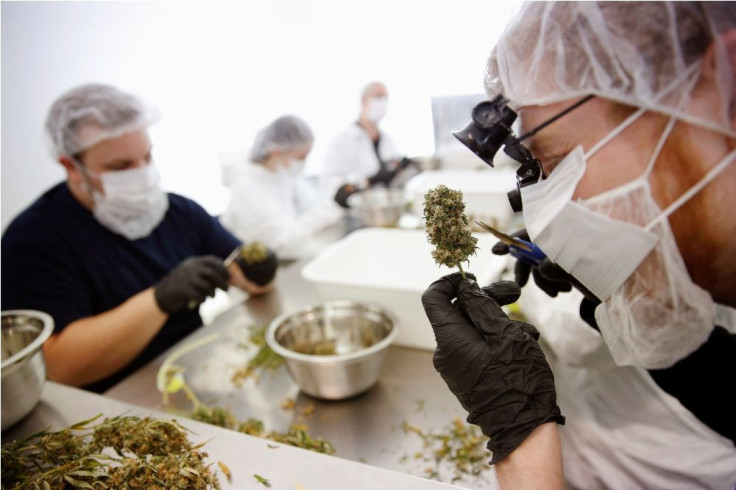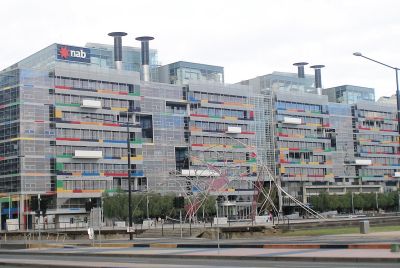Oregon becomes third US state to make sale of marijuana legal despite federal ban: Users above 21 years can buy up to 7 grams

Oregon became the third state in the United States to legalise Marijuana sales for recreational purposes. It joined states of Washington and Colorado and sales of marijuana started on Oct.1 even though use of marijuana continues to be illegal under the U.S. federal law.
Under Oregon new law, residents who are 21 years and above can buy up to seven grams of dried pot from the 200 odd medical-use marijuana dispensaries. Backers hope the new law will curb the flourishing black market while critics say it will only widen drug use and lead to access by children, reported Reuters.
Voters of Oregon and Alaska in 2014 approved marijuana use and possession under a state-regulated framework. Pot shops have been created specifically for the recreational market like those in Washington state and Colorado.
Conflict of interest
Even though Oregon went legal with its recreational marijuana use, the U.S. Drug Enforcement Agency or DEA continues to spearhead its eradication program, which has been costing American taxpayers thousands of dollars per year.
In 2014, the agency spent US$96 million (AU$133 million) to remove 16,067 pot plants in the state of Oregon, where the drug was legal. The price tag of eradicating the plants comes to almost 60 dollars per plant. Considering the average nationwide per-plant-destruction cost at US$4.20 (AU$5.84), that figure is startling, the RT reported.
Bulk of the tax payers’ money goes into funding helicopters that scout marijuana farms from the sky and the cops on foot who try to uproot the plants. Overtime pay alone costs taxpayers a big amount, the report said.
Already many members of Congress have called it a wasteful endeavor. A new bill is pending in the US House of Representatives to defund the program, which is costing American taxpayers US$18 billion (AU$25.6 billion) a year.
“I think the DEA’s marijuana eradication program is a huge waste of federal taxpayer dollars,” Representative Ted Lieu told NBC’s KGW .
"We have states like Oregon, Washington and Colorado that have legalized marijuana and then you’ve got the federal government trying to eradicate it. That doesn’t make any sense,” the lawmaker said.
Prohibition not helping
Many pro-marijuana advocates are finding increasing success at reducing criminal penalties for possessing marijuana and they are mooting ballot measures to legalise the plant.
“Marijuana prohibition has been a costly failure – to individuals, to communities, and to the state [of Oregon],” said Tamar Todd, marijuana policy director at the Drug Policy Alliance, an organization that advocates against stiff criminal penalties for drug offenses, reported The Guardian.
For feedback/comments, contact the writer at feedback@ibtimes.com.au or let us know what you think below.





















